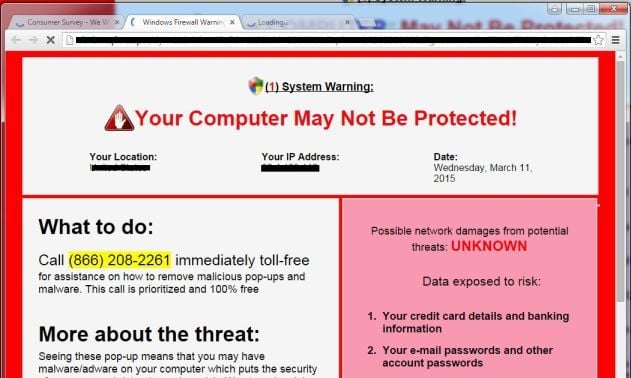Pop-ups can be ads, notices, offers, or alerts that open in your current browser window, in a new window, or in another tab. Some pop-ups are third-party ads that use phishing tactics—like warnings or prizes—to trick you into believing they’re from Apple or another trusted company, so you’ll share personal or financial information. Or they might claim to offer free downloads, software updates, or plugins, to try to trick you into installing unwanted software.
Download free Adobe Flash Player software for your Windows, Mac OS, and Unix-based devices to enjoy stunning audio/video playback, and exciting gameplay. Important Reminder: Flash Player’s end of life is December 31st, 2020. THIS ISN’T A TRUE FIX because, as was stated in the prior comment, the pop-up is a MALWARE attempt – NOT a true Adobe update notice. DON’T click on either button. Close the window by clicking on the red button. I’m currently attempting to discover how to keep the pop-up from displaying but haven’t found the answer yet. Edit (Oct 20, 2012): a couple of readers pointed out in the comment that the launchd namespace used by Adobe Updater is now different. I just installed Adobe (Acrobat) Reader XI and found that the name is still com.adobe.ARM., but if you have Creative Suite, it might be com.adobe.AAM. instead.
Unless you’re confident of an ad’s legitimacy, you should avoid interacting with pop-ups or webpages that seem to take over your screen. Here are additional tips that can help you manage pop-ups and other unwanted interruptions.
Check and update your software
Always make sure you install the latest software updates for all your Apple products. Many software releases have important security updates and may include improvements that help control pop-ups.


Right click your PDF file and select the option 'Save Target As' on the pop-up menu. The 'Save As' dialog box pops up. Here, specify the name and the location of your PDF file. After that, click 'Save'. Now select 'File Open' and then click 'Browse'. From the 'Files of Type' pop-up menu bar, choose all the files by selecting 'All Files'. If it doesn't show up in the list of Add-ons, look to the left side of the screen and use the drop-down menu to 'show' - 'All add-ons' instead of 'Currently loaded add-ons'.
The safest place to download apps for your Mac is the App Store. If you need third-party software for your Mac, and it isn’t available in the App Store, get it directly from the developer or another reliable source, rather than through an ad or link.
Check Safari settings and security preferences
Make sure Safari security settings are turned on, particularly Block Pop-ups—for pop-up windows—and the Fraudulent Website Warning.
On your iPhone, iPad, or iPod touch, go to Settings > Safari and turn on Block Pop-ups and Fraudulent Website Warning.
On your Mac, you can find these options in Safari > Preferences. The Websites tab includes options to block some or all pop-up windows, and you can turn on fraudulent site warnings in the Security tab.
Pop-ups and ads in Safari
If you see an annoying pop-up ad in Safari, you can go to the Search field and enter a new URL or search term to browse to a new site. If you don’t see the Search field on your iPhone, iPad, or iPod touch, tap the top of the screen to make it appear.
Some pop-ups and ads have fake buttons that resemble the close button, so use caution if you try to close a pop-up or ad. If you're unsure, avoid interacting with the pop-up or ad and close the Safari window or tab.
On your Mac, you can also update your settings to prevent windows from opening again after you close Safari, or just press and hold the Shift key when you open Safari.
If you might have installed adware or other unwanted software on your Mac
If you see pop-ups on your Mac that just won’t go away, you might have inadvertently downloaded and installed adware (advertising-supported software) or other unwanted software. Certain third-party download sites might include programs that you don’t want with the software that you install.
Adobe Download For Mac Caused Pop Ups Chrome
If you think that you might have malware or adware on your Mac, update to the latest version of macOS. If your Mac is already running the latest version, restart it. macOS includes a built-in tool that removes known malware when you restart your Mac.
Check your Applications folder to see if you have any apps that you didn’t expect and uninstall them. You can also check the Extensions tab in Safari preferences to check if you installed any unnecessary extensions that you'd prefer to turn off. If you continue to see advertising or other unwanted programs on your Mac, contact Apple.
Learn more
Adobe Download For Mac Caused Pop Ups Download
- How to safely open software on your Mac
- How to recognize and avoid phishing and other scams
